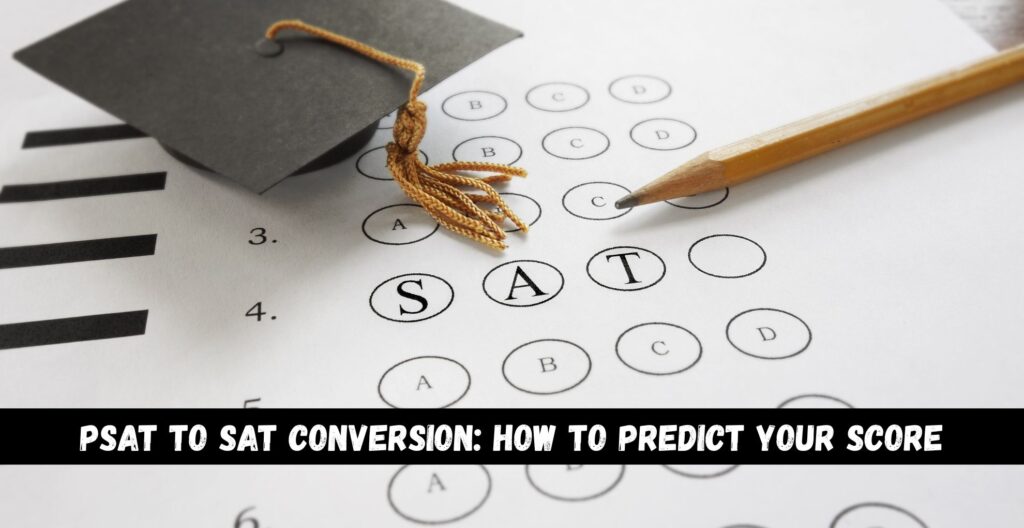College athletics is a dream for many high school athletes. The thought of wearing a team jersey, playing in front of large crowds, and maybe even landing a scholarship can be incredibly motivating. But as you dive deeper into the world of college sports, you’ll hear a lot about divisions — specifically Division 1 (D1), Division 2 (D2), and Division 3 (D3). So, what does it mean to be a D1, D2, or D3 athlete? How does this impact your college experience, your future career, and even your lifestyle? Let’s break it down in a way that’s clear, engaging, and genuinely helpful for any aspiring athlete.
Understanding the NCAA Divisions
What Are NCAA Divisions?
The d1 meaning refers to Division 1 under the National Collegiate Athletic Association (NCAA). The NCAA governs college athletics in the U.S., setting the rules for sports competition and scholarships. The NCAA has three main divisions:
- Division 1 (D1): The highest level of intercollegiate athletics with the most competitive teams, rigorous training, and significant media attention.
- Division 2 (D2): A middle ground with competitive play but more balance between athletics, academics, and extracurriculars.
- Division 3 (D3): Focused on academics and student life, with athletics as a valuable but secondary experience.

Key Differences Between D1, D2, and D3
What sets these divisions apart is the level of competition, time commitment, scholarships, and campus resources. D1 meaning a full-throttle athletic experience, often leaves athletes with less time for non-sport activities. D2 offers a competitive environment but with slightly more freedom. D3 emphasizes the student aspect, giving athletes more room to explore academics and campus life.
Financial Aid and Scholarships in Each Division
D1 Scholarships and Financial Support
When people ask about d1 meaning, scholarships are often the first thing that comes to mind. D1 athletes often receive full-ride scholarships covering tuition, housing, meals, and even some personal expenses. These scholarships are highly competitive, and coaches scout for top talent nationwide.
Beyond scholarships, D1 athletes benefit from Name, Image, and Likeness (NIL) opportunities, allowing them to earn through endorsements, social media, or local business partnerships. The exposure D1 programs receive can open doors to a professional career, although it’s never a guaranteed outcome.
D2 Scholarship Opportunities
D2 athletes may also receive scholarships, but full rides are less common. Instead, scholarships are often partial, combining athletic aid with academic or need-based awards. This means athletes need to balance sports with strong academic performance to maximize financial benefits. The flexibility of D2 programs allows more room for personal development outside sports.
D3 Financial Aid Insights
If you’re wondering whether D3 athletes get scholarships, the short answer is no, at least not for athletics. NCAA rules prohibit direct athletic scholarships at D3 schools. However, student-athletes can receive merit-based scholarships, academic awards, or need-based aid. The big advantage? D3 athletes don’t risk losing their financial aid if they decide to step away from their sport.
Recruitment Process Across Divisions
D1 Recruitment Timeline and Intensity
Recruitment for D1 athletes often starts as early as the sophomore year of high school. Coaches scout heavily, especially in high-profile sports like football, basketball, or soccer. A D1 offer usually includes an official visit, face-to-face meetings with coaches, and eventually a written commitment through the National Letter of Intent (NLI).
D2 and D3 Recruitment Differences
Recruitment in D2 often kicks off during junior year, though some athletes are scouted earlier. D3 recruitment generally happens later, usually during the senior year, but with less formal pressure. Schools tend to focus on regional talent, and coaches look for athletes who fit both academically and athletically within their programs.
Tips for Navigating the Recruiting Process
Building relationships with coaches is crucial. Athletes should focus on maintaining solid grades, engaging in summer showcases, and using platforms like NCSA to highlight their talents. Honest communication about your goals and capabilities can make a big difference.
Campus Life as a Collegiate Athlete
The D1 Athlete Experience
If you want to know the d1 meaning in daily life, think of it as a full-time job. Training sessions, team meetings, travel schedules, and strict academic monitoring fill the calendar. Summers often involve classes or special training camps. Free time is rare, and balancing social life can be challenging. However, the rewards include high-level coaching, cutting-edge facilities, and a chance to shine on a national stage.
D2 Athletes’ Balance of Sports and Academics
Life as a D2 athlete strikes a balance. While training and competition are serious commitments, there’s more flexibility with travel, off-season training, and time off during breaks. This gives athletes opportunities to engage in other activities, part-time jobs, or internships.
D3 Athletes and the Student-Athlete Lifestyle
D3 athletes often have the most traditional college experience. They can focus on academics, participate in clubs, and still compete in varsity sports. While it still requires dedication, the schedule allows for a healthier work-life balance.
Time and Money Management Tips for Athletes
Balancing finances and time is key. Here are some practical tips:
- Stick to a personal budget to avoid debt.
- Take advantage of student discounts and campus resources.
- Learn effective time management strategies, like using planners or apps.
- Communicate openly with coaches and professors about your schedule.

Competition Levels and Professional Opportunities
Level of Play Across Divisions
Competition is fierce at all levels, but D1 teams are packed with elite athletes, many of whom aspire to go pro. D2 athletes often have strong skills but may not have the same exposure or resources. D3 players are talented but usually prioritize academics and personal goals over professional aspirations.
Realistic Chances of Going Pro
Going pro is a long shot, even for D1 athletes. For example, only 1.5% of college football players make it to the NFL. D2 and D3 athletes have even slimmer odds. However, some D2 athletes do break into professional leagues, particularly in less mainstream sports. For D3, going pro is rare but not impossible. Regardless of division, hard work, networking, and sometimes a bit of luck are critical factors.
How to Choose the Right Division for You
Factors to Consider Before Making Your Decision
Choosing the right division is personal and depends on several factors:
- Your passion for the sport and career aspirations.
- Academic goals and the importance of a balanced college life.
- Financial needs and scholarship availability.
- Willingness to commit to intense schedules or prefer flexibility.
Questions to Ask Yourself Before Choosing
- Do I want sports to define my college experience?
- Am I open to balancing sports with academics and a social life?
- Would I prefer a scholarship with a heavy commitment or a lighter schedule with less financial aid?
- How important are high-level coaching and top-notch facilities?
Actionable Tips for Making the Right Choice
Visit campuses, talk to current student-athletes, and be honest about your priorities. Think long-term — will this experience help you in your career, or will it leave you burned out? Evaluate offers not just for prestige but for personal fit.
Examples of D1, D2, and D3 Schools
- D1 Schools: Duke University, Georgetown University, Loyola Marymount University.
- D2 Schools: Colorado School of Mines, Florida Tech, Saint Anselm College.
- D3 Schools: Colby College, Colorado College, MIT.

Frequently Asked Questions (FAQs)
Is D1 better than D3?
Not necessarily. D1 meaning higher competition and exposure doesn’t make it better for everyone. Some athletes thrive in D3 because of academic freedom and a balanced lifestyle.
Do D1 athletes get paid or receive full rides?
D1 athletes often receive full scholarships and now can earn through NIL deals, but they don’t get a salary.
How does D2 compare to D1 and D3 in terms of scholarships?
D2 offers partial scholarships with a balance between sports and academics, falling between D1’s full scholarships and D3’s no athletic scholarships.
What does receiving a D1 offer mean?
It means you’ve been formally invited to join a college’s athletic program, often with scholarship details, expectations, and a commitment deadline.
Can D3 athletes still go pro?
Yes, though it’s rare. Exceptional talent and hard work can get D3 athletes noticed, especially in niche sports.




